Did it take you an hour to reach home from office on the same stretch which earlier used to take you 30 minutes? It might take you even longer in the future if the current state of affairs continues. With Mumbai RTO having more than 20 lakh registered vehicles, and 450 more joining the fleet every day, traffic congestion in the city is here to stay. Unless remedial measures are taken soon, the problem will worsen.
Ashok Kumar Sharma, a retired businessman from Andheri (West), dreads the thought of leaving the house during the day. He prefers going out and meeting his friends and relatives only after 10pm, and then too he doesn’t go to any place which is more than 30 minutes away from home.
“I have been in Mumbai for 58 years now and with each passing year have seen the traffic conditions worsening. Now, as my son takes care of the business, I feel relieved as I don’t have to face the traffic every day to and from office. He tells me how he gets stuck in jams even during the afternoons, at times, when he goes to meet clients,” Sharma says.
Autorickshaw driver Dinesh Jaiswal, 47, talks about the problems they face dealing with traffic daily. He says, “We are always criticised for refusing passengers. I do agree that some of us refuse to ply to short distances, but there are many who will refuse even if the distance is long, considering the traffic problems that are likely to come up on that particular route.”
“If we take a passenger for a far-off destination and get stuck in a jam, not only do we lose out on time, but also on money. Nobody understands our problems. I understand that we are not supposed to refuse the passenger but some of us have our reasons,” Jaiswal adds.
24x7, 365 days
The traffic congestion in the city has been a perpetual problem for motorists for a few years now, not to mention it’s been worsening with each passing year. Something which could be anticipated in the past has now become completely unpredictable. Earlier, morning and evening were the peak hours in particular directions. Now, the hour as well as the direction have all gone for a toss as you are likely to find yourself stuck in a jam any time of the day in any direction.
And anyone thinking this is a temporary problem, and the authorities concerned will chalk out a solution next year or sometime soon, is sorely mistaken. Neither the traffic department nor the state government has anything up its sleeve to deal with the congestion in the city, at least in the near future.
Scary statistics
We all know traffic, face traffic, curse traffic. But unless it’s put before us in numbers, we may not realise the magnitude of the problem.
To start with, the total area of Mumbai (excluding National Park) is 437.71sqkm. The road length for this area is 1,941km.
According to the data available with the traffic police, vehicular traffic in Mumbai constitutes 12% of the total vehicular strength in Maharashtra. Also, there are more than 20 lakh vehicles already registered with Mumbai’s regional transport office, and at least 450 more are registered every day.
Simply put, the length and area of the roads in the city continues to be the same, and even if roads are widened, with 450 vehicles getting added to the traffic every day, will we ever find a solution to the congestion problem?
Appallingly, the internationally accepted density of vehicles per km road is approximately 300; in Mumbai, the density per km has already crossed 1,000 vehicles.
Skewed ratio
The problem of congestion also lies in poor management of traffic. However, the traffic department cannot be blamed, as the number of traffic police constables is much less compared to the number of vehicles that have to be managed.
As per the data, there are 1,005 traffic policemen available for duty. Every constable on day duty has to manage 1,938 vehicles and 12,338 people. Similarly, there are 145 traffic constables on night duty and each one of them has to manage 13,365 vehicles and 85,517 people.
These mammoth numbers show what a tough job it is for traffic policemen out there. But they also show that there is no parking space to accommodate the daily increasing number of vehicles. And insufficient parking space results in people stationing their vehicles on the road, which in turn leads to traffic congestion.
Expertspeak
Traffic expert Sudhir Badami says, “The most important question we need an answer to is whether we are looking for mobility of people or the movement of personal vehicles. Road congestion due to vehicles will continue as long as people use their own vehicles.”
Badami added that the solution lies in providing proper infrastructure for walking and cycling, and the Bus Rapid Transit System. Doing this will give the 2.8% of the city’s population that uses personal vehicles more commuting options.
PS Pasricha, former state DGP and a traffic expert, says, “We have to pay a heavy price for urbanisation and take harsh decisions if we want to find a solution. Vehicles are going to multiply and if there is no proper infrastructure, it won’t be long before we reach a dead end.”
Pasricha added that the country first needs to improve the public transport system, which is economical, efficient, accessible and comfortable. There should also be facilities for pedestrians, as there are people who would rather walk the 1-2km to work than take a vehicle.
“Footpaths are encroached upon, and pedestrians don’t have proper space to walk on. This has to change,” he said.
The traffic expert said the government should start the traffic restraint technique and car ownership restriction but for this it has to first provide an alternative to people. “Public transport system must include AC trains and buses every 15 minutes. There should be mini buses to transport those who have to go from their offices to other destinations. This is known as the integrated bus transport system,” Pasricha explained.
There are several other problems which lead to traffic jams, such as bad signal system, pothole-filled roads etc. But if authorities put their minds to it, a solution can always be found. It remains to be seen how serious the establishment is to tackle this and how soon Mumbaikars’ nightmarish commutes become joyrides.
![submenu-img]() Meet man, an Indian, whose family topped list of richest people in the UK with net worth of...
Meet man, an Indian, whose family topped list of richest people in the UK with net worth of...![submenu-img]() Pune: Tanker explodes in Pimpri Chinchwad, nearby hotels, houses and parked trucks damaged
Pune: Tanker explodes in Pimpri Chinchwad, nearby hotels, houses and parked trucks damaged![submenu-img]() Rohit Sharma lashes out at IPL TV broadcaster for 'breach of privacy'
Rohit Sharma lashes out at IPL TV broadcaster for 'breach of privacy'![submenu-img]() Heeramandi lyricist AM Turaz on Azadi: 'Women's contribution in Indian freedom movement has never been...' | Exclusive
Heeramandi lyricist AM Turaz on Azadi: 'Women's contribution in Indian freedom movement has never been...' | Exclusive![submenu-img]() Kangana Ranaut reveals if she will quit films after winning Lok Sabha elections, calls Bollywood 'jhoothi duniya'
Kangana Ranaut reveals if she will quit films after winning Lok Sabha elections, calls Bollywood 'jhoothi duniya'![submenu-img]() Meet IAS officer, daughter of milk vendor, who cracked UPSC in second attempt, secured AIR...
Meet IAS officer, daughter of milk vendor, who cracked UPSC in second attempt, secured AIR...![submenu-img]() UGC NET June 2024: Registration window closes today; check how to apply
UGC NET June 2024: Registration window closes today; check how to apply![submenu-img]() Meet IAS officer, son of teacher from Rajasthan, who cracked UPSC after multiple failed attempts, secured AIR...
Meet IAS officer, son of teacher from Rajasthan, who cracked UPSC after multiple failed attempts, secured AIR...![submenu-img]() Meet IIT graduates, three friends who were featured in Forbes 30 Under 30 Asia list, built AI startup, now…
Meet IIT graduates, three friends who were featured in Forbes 30 Under 30 Asia list, built AI startup, now…![submenu-img]() Meet woman who cracked UPSC in fourth attempt to become IAS officer, secured AIR...
Meet woman who cracked UPSC in fourth attempt to become IAS officer, secured AIR...![submenu-img]() DNA Verified: Is CAA an anti-Muslim law? Centre terms news report as 'misleading'
DNA Verified: Is CAA an anti-Muslim law? Centre terms news report as 'misleading'![submenu-img]() DNA Verified: Lok Sabha Elections 2024 to be held on April 19? Know truth behind viral message
DNA Verified: Lok Sabha Elections 2024 to be held on April 19? Know truth behind viral message![submenu-img]() DNA Verified: Modi govt giving students free laptops under 'One Student One Laptop' scheme? Know truth here
DNA Verified: Modi govt giving students free laptops under 'One Student One Laptop' scheme? Know truth here![submenu-img]() DNA Verified: Shah Rukh Khan denies reports of his role in release of India's naval officers from Qatar
DNA Verified: Shah Rukh Khan denies reports of his role in release of India's naval officers from Qatar![submenu-img]() DNA Verified: Is govt providing Rs 1.6 lakh benefit to girls under PM Ladli Laxmi Yojana? Know truth
DNA Verified: Is govt providing Rs 1.6 lakh benefit to girls under PM Ladli Laxmi Yojana? Know truth![submenu-img]() Kiara Advani attends Women In Cinema Gala in dramatic ensemble, netizens say 'who designs these hideous dresses'
Kiara Advani attends Women In Cinema Gala in dramatic ensemble, netizens say 'who designs these hideous dresses'![submenu-img]() Influencer Diipa Büller-Khosla looks 'drop dead gorgeous' in metallic structured dress at Cannes 2024
Influencer Diipa Büller-Khosla looks 'drop dead gorgeous' in metallic structured dress at Cannes 2024![submenu-img]() Kiara Advani stuns in Prabal Gurung thigh-high slit gown for her Cannes debut, poses by the French Riviera
Kiara Advani stuns in Prabal Gurung thigh-high slit gown for her Cannes debut, poses by the French Riviera![submenu-img]() Heeramandi star Taha Shah Badussha makes dashing debut at Cannes Film Festival, fans call him ‘international crush’
Heeramandi star Taha Shah Badussha makes dashing debut at Cannes Film Festival, fans call him ‘international crush’![submenu-img]() Streaming This Week: Madgaon Express, Zara Hatke Zara Bachke, Bridgerton season 3, latest OTT releases to binge-watch
Streaming This Week: Madgaon Express, Zara Hatke Zara Bachke, Bridgerton season 3, latest OTT releases to binge-watch![submenu-img]() Haryana Political Crisis: Will 3 independent MLAs support withdrawal impact the present Nayab Saini led-BJP government?
Haryana Political Crisis: Will 3 independent MLAs support withdrawal impact the present Nayab Saini led-BJP government?![submenu-img]() DNA Explainer: Why Harvey Weinstein's rape conviction was overturned, will beleaguered Hollywood mogul get out of jail?
DNA Explainer: Why Harvey Weinstein's rape conviction was overturned, will beleaguered Hollywood mogul get out of jail?![submenu-img]() What is inheritance tax?
What is inheritance tax?![submenu-img]() DNA Explainer: What is cloud seeding which is blamed for wreaking havoc in Dubai?
DNA Explainer: What is cloud seeding which is blamed for wreaking havoc in Dubai?![submenu-img]() DNA Explainer: What is Israel's Arrow-3 defence system used to intercept Iran's missile attack?
DNA Explainer: What is Israel's Arrow-3 defence system used to intercept Iran's missile attack?![submenu-img]() Heeramandi lyricist AM Turaz on Azadi: 'Women's contribution in Indian freedom movement has never been...' | Exclusive
Heeramandi lyricist AM Turaz on Azadi: 'Women's contribution in Indian freedom movement has never been...' | Exclusive![submenu-img]() Kangana Ranaut reveals if she will quit films after winning Lok Sabha elections, calls Bollywood 'jhoothi duniya'
Kangana Ranaut reveals if she will quit films after winning Lok Sabha elections, calls Bollywood 'jhoothi duniya'![submenu-img]() Sanjay Leela Bhansali calls this actor his only friend in industry: 'He doesn't care about my film, he cares about me'
Sanjay Leela Bhansali calls this actor his only friend in industry: 'He doesn't care about my film, he cares about me'![submenu-img]() Jolly LLB 3: Akshay Kumar wraps up first schedule; local artiste reveals actor's inspiring daily habits
Jolly LLB 3: Akshay Kumar wraps up first schedule; local artiste reveals actor's inspiring daily habits![submenu-img]() Before Ranveer Singh, Deepika Padukone; Bajirao Mastani was announced with these two superstars in 70s, it got shelved
Before Ranveer Singh, Deepika Padukone; Bajirao Mastani was announced with these two superstars in 70s, it got shelved![submenu-img]() Viral video: Donkey stuns internet with unexpected victory over hyena, watch
Viral video: Donkey stuns internet with unexpected victory over hyena, watch![submenu-img]() Viral video: 'Breathtaking' blue meteor illuminates skies over Spain and Portugal, watch
Viral video: 'Breathtaking' blue meteor illuminates skies over Spain and Portugal, watch![submenu-img]() Google CEO Sundar Pichai reveals his favourite foods in Delhi, Mumbai, Bengaluru and they are...
Google CEO Sundar Pichai reveals his favourite foods in Delhi, Mumbai, Bengaluru and they are...![submenu-img]() Cow fight injures two girls enjoying street snacks, video goes viral
Cow fight injures two girls enjoying street snacks, video goes viral![submenu-img]() Viral video: Man sets up makeshift hammock on bus, internet reacts
Viral video: Man sets up makeshift hammock on bus, internet reacts
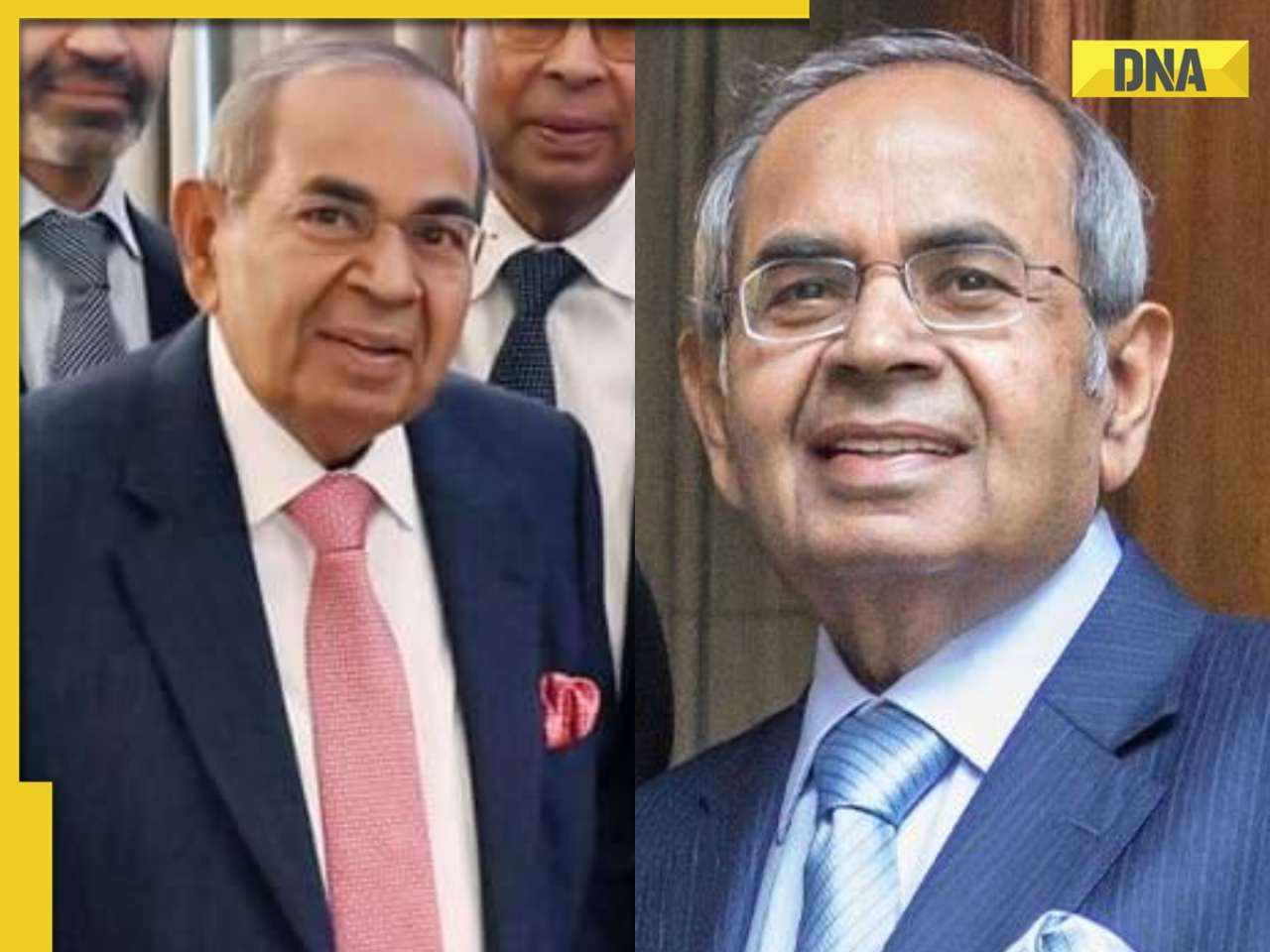

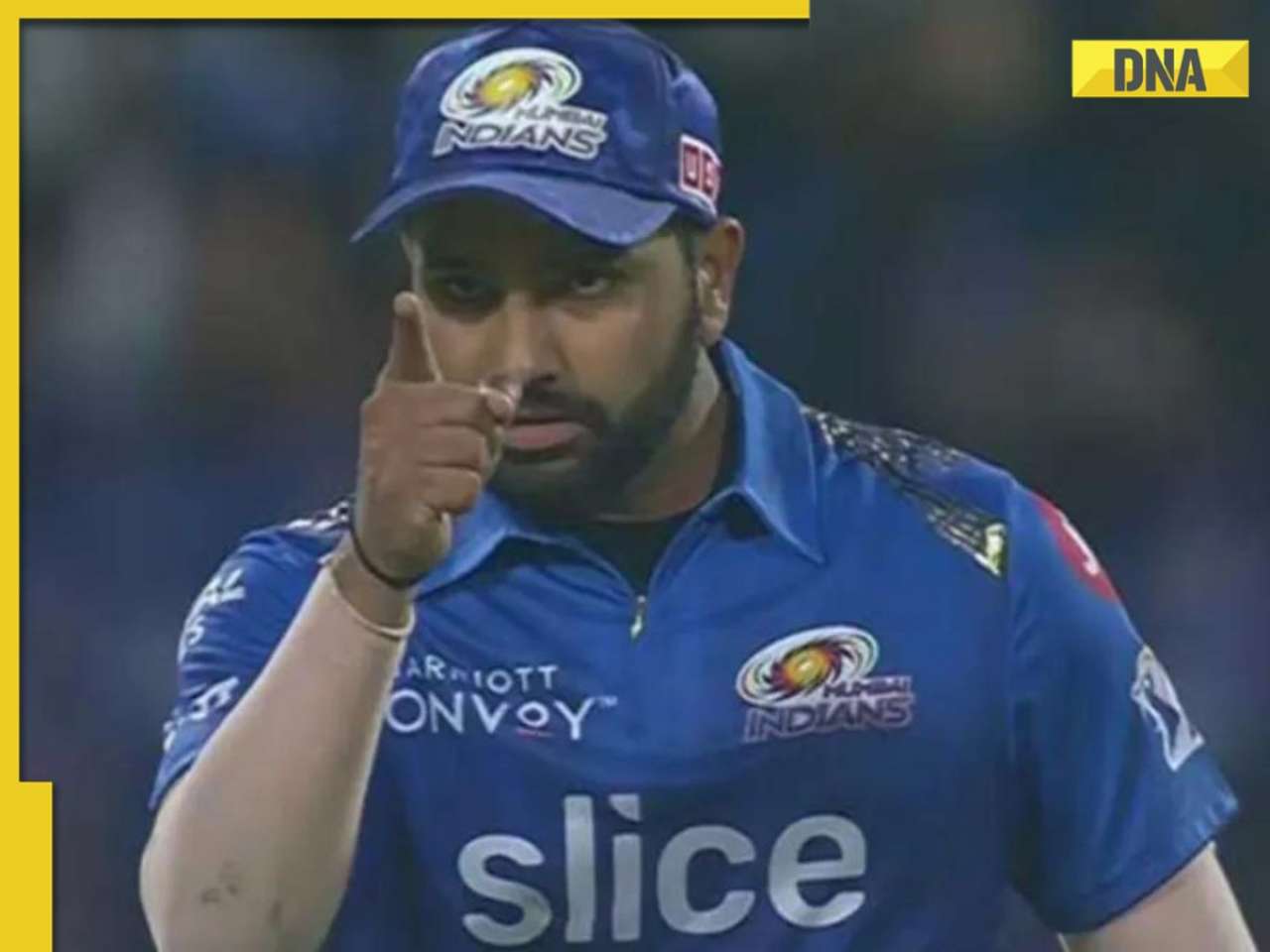

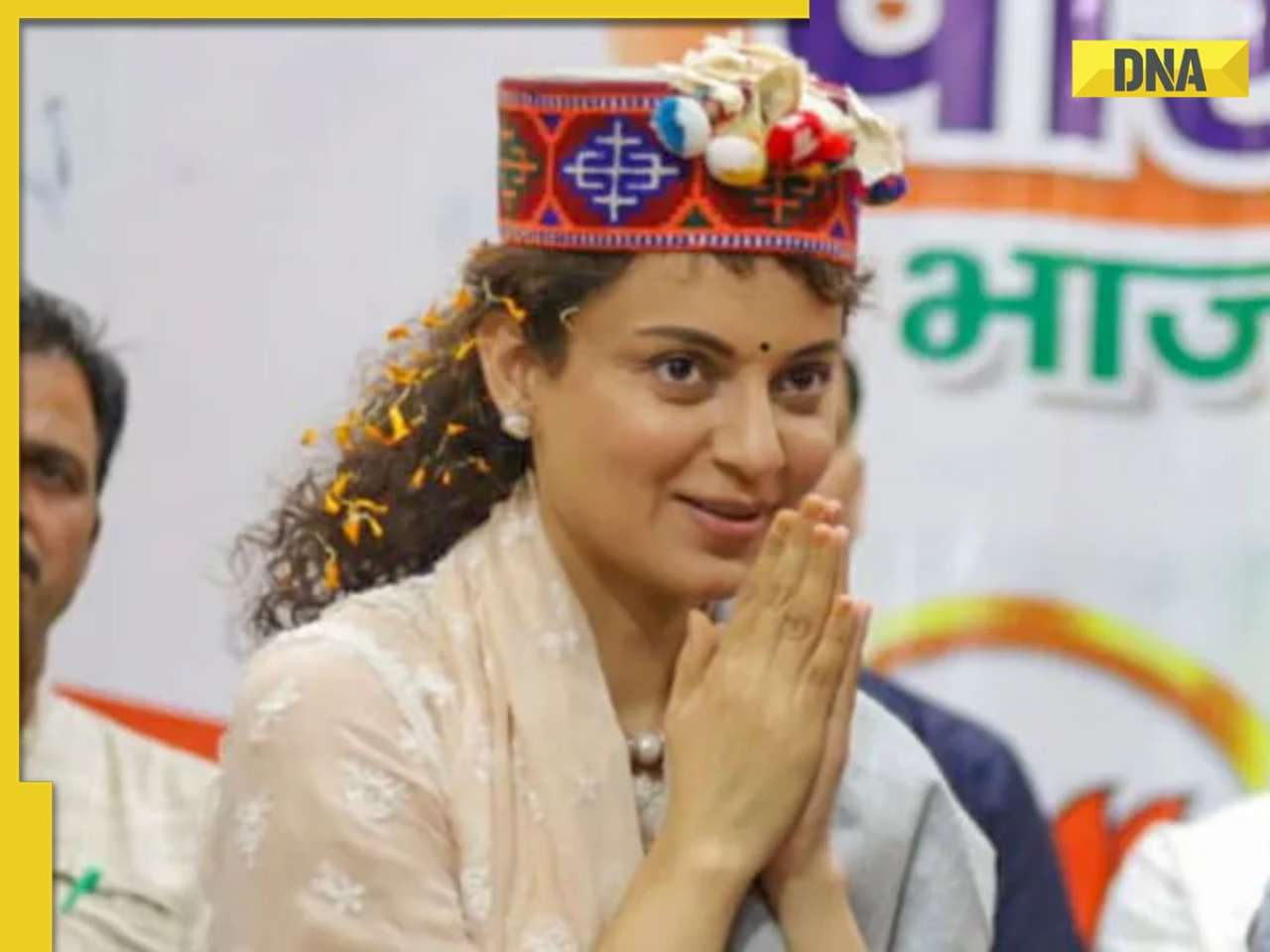





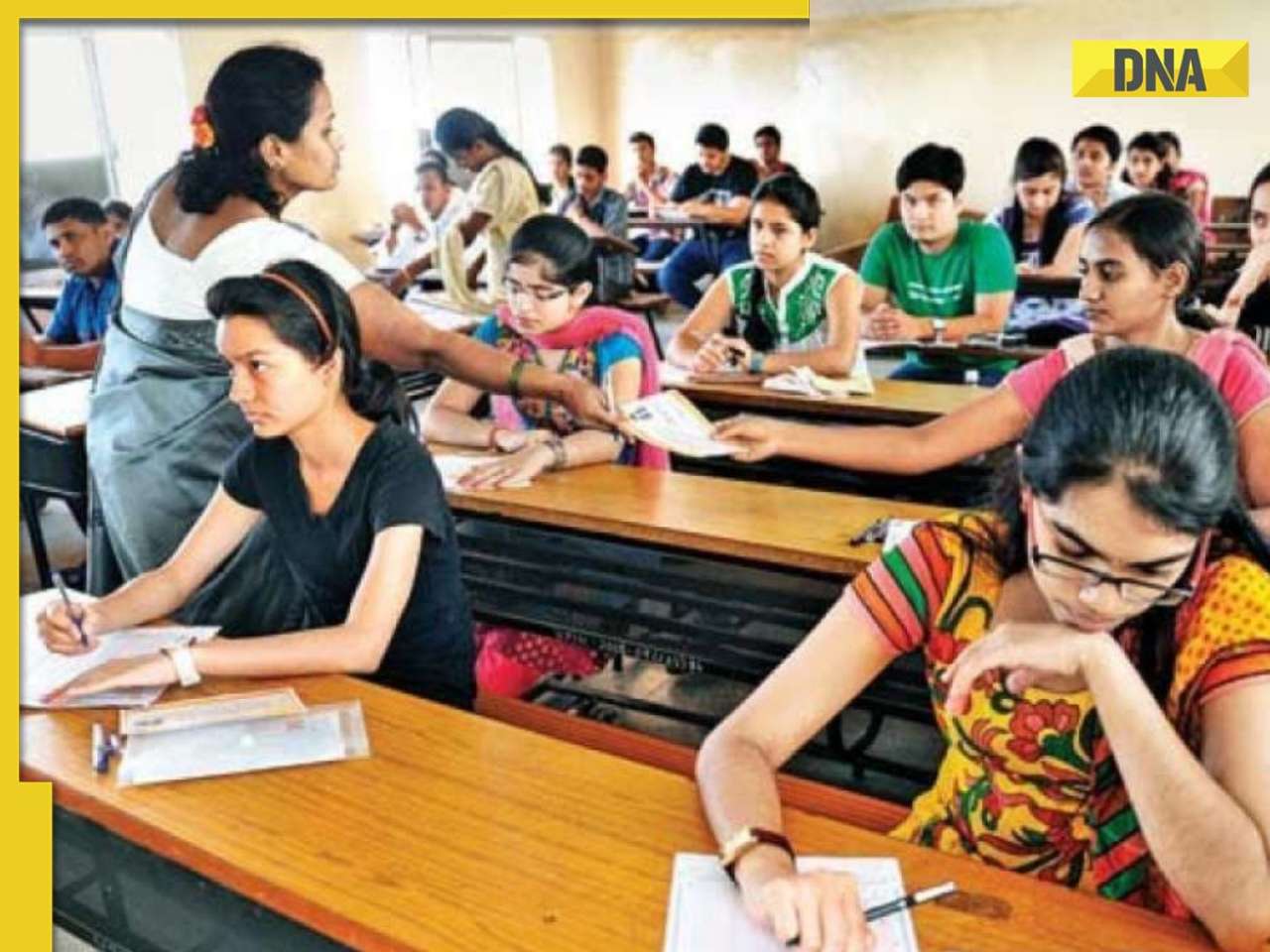
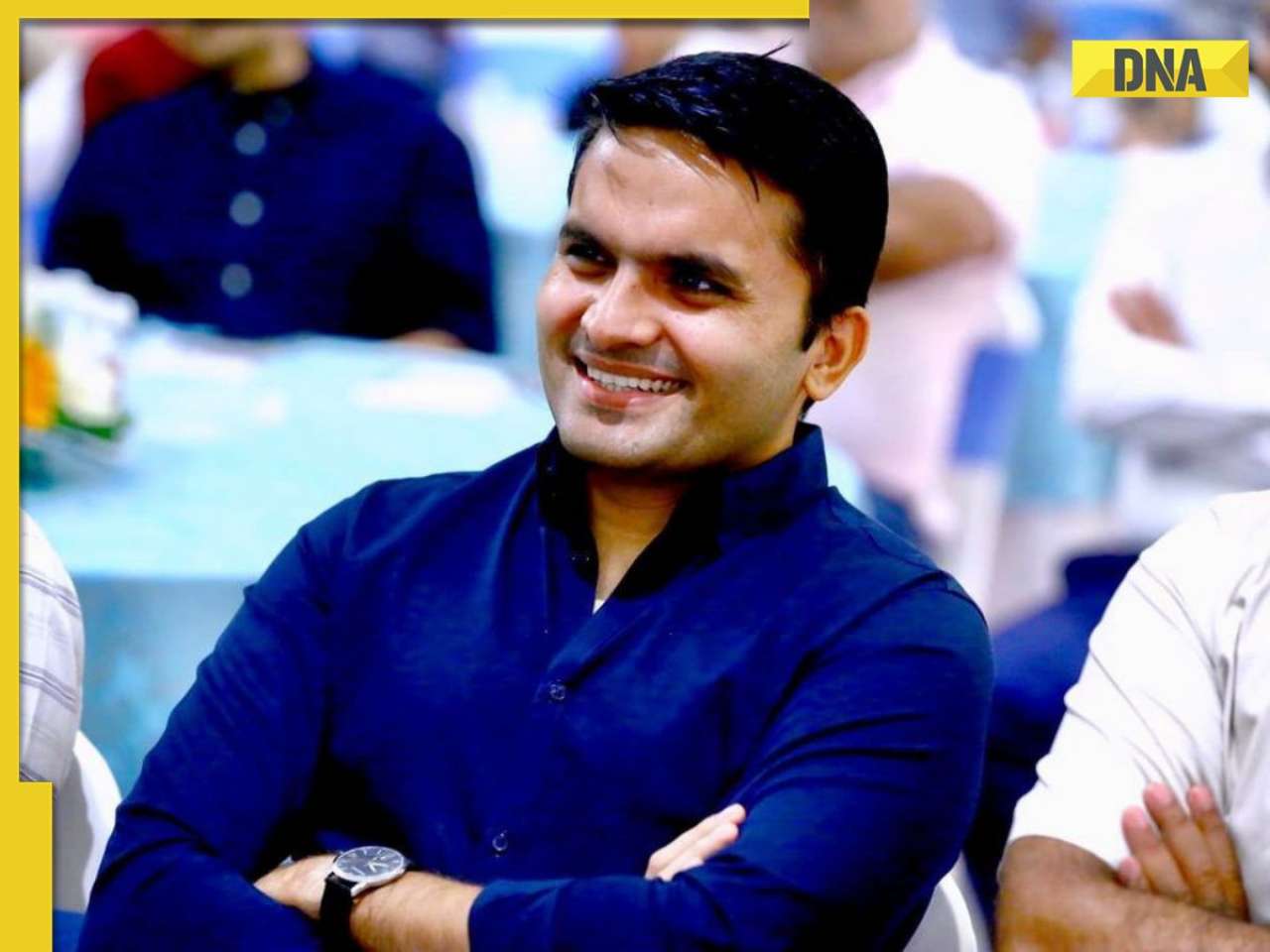

















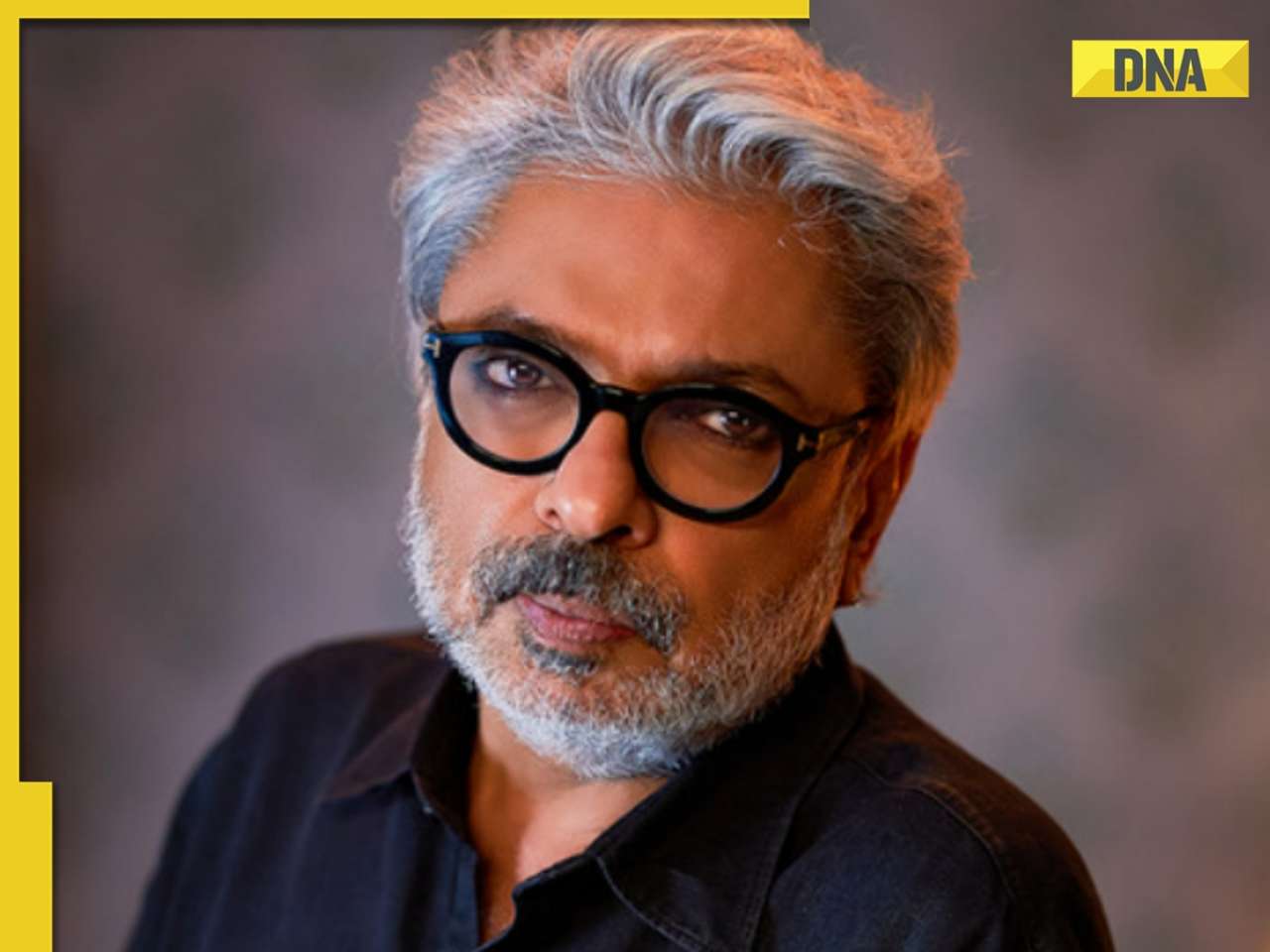
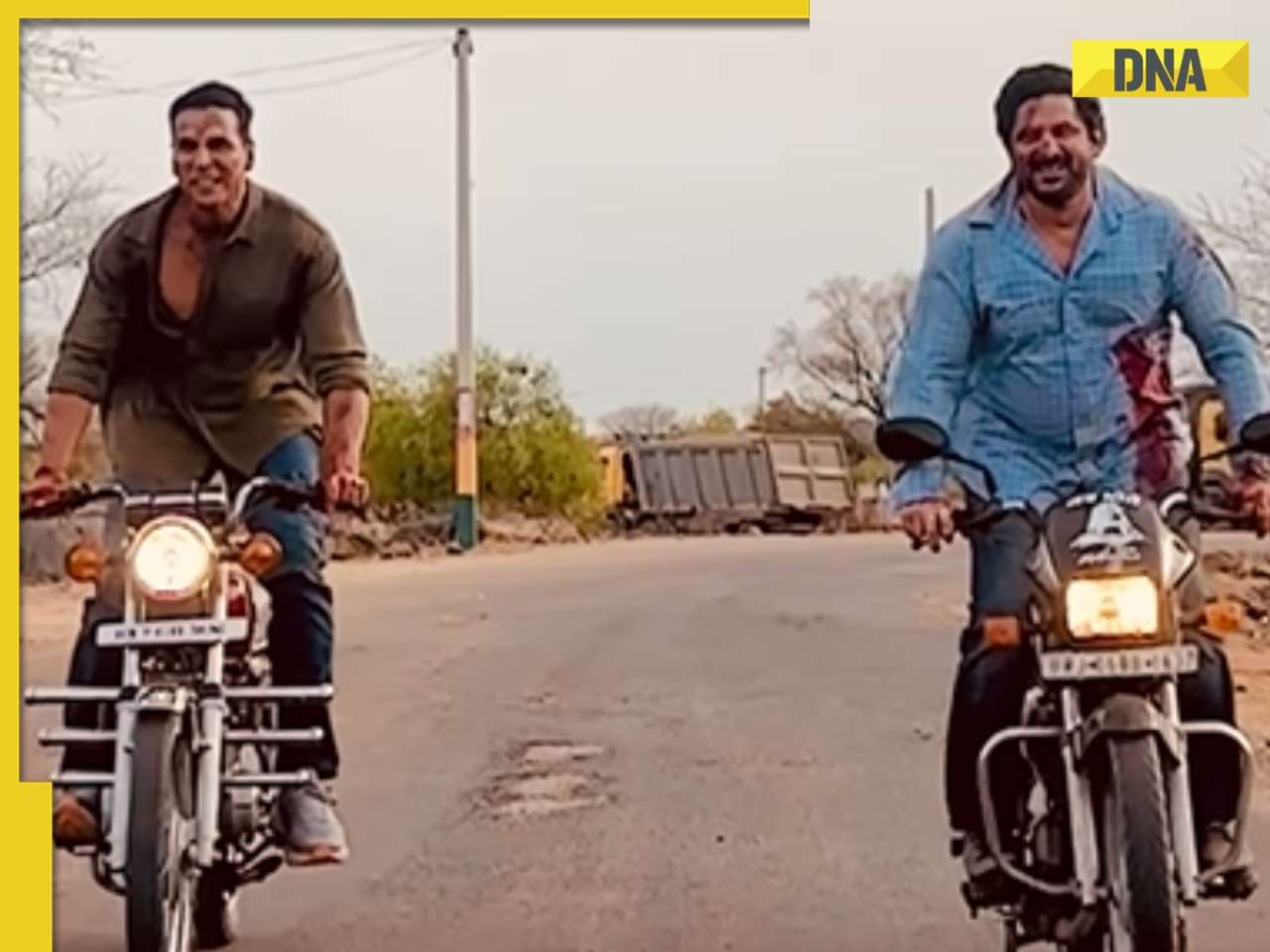


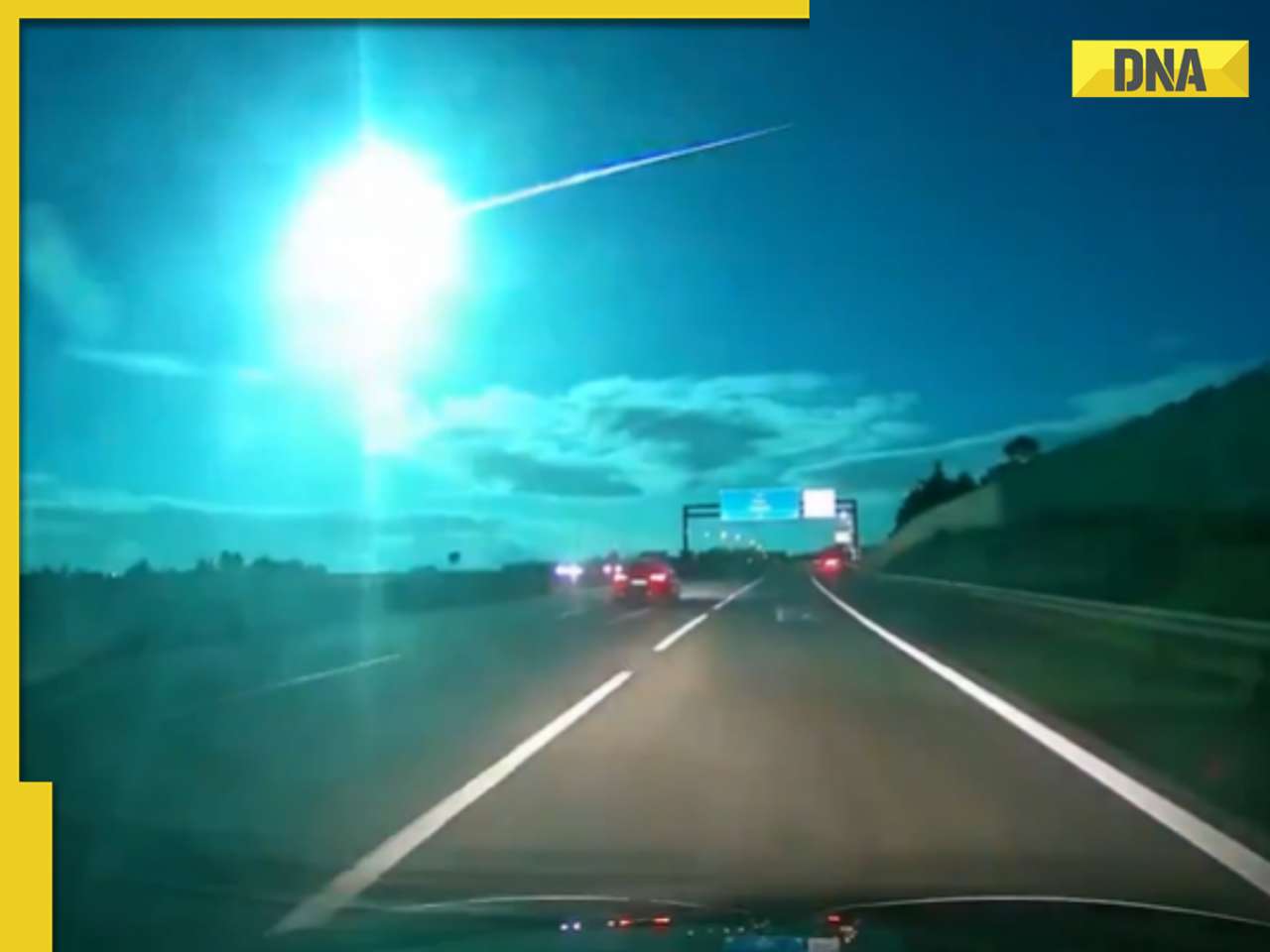

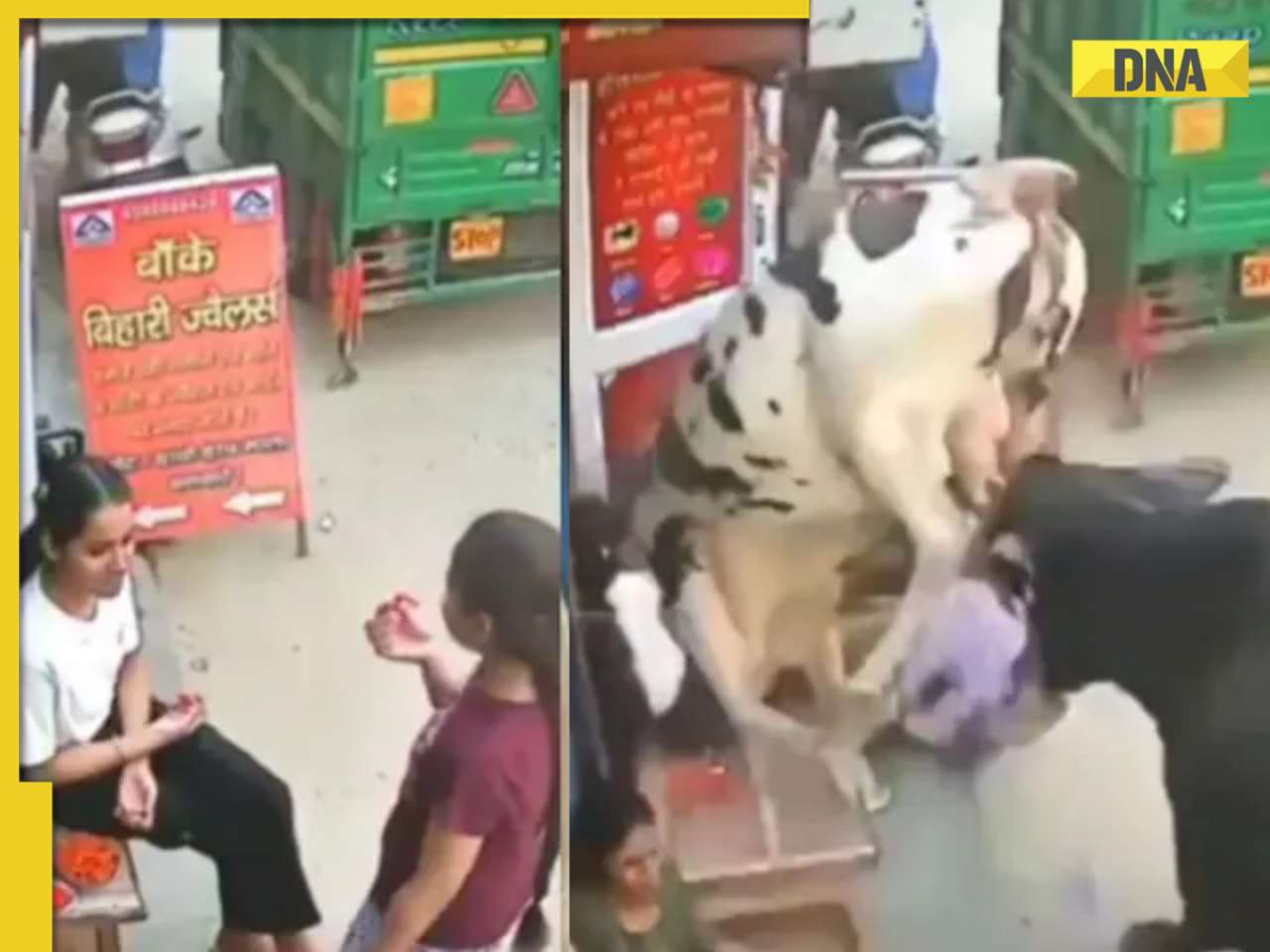
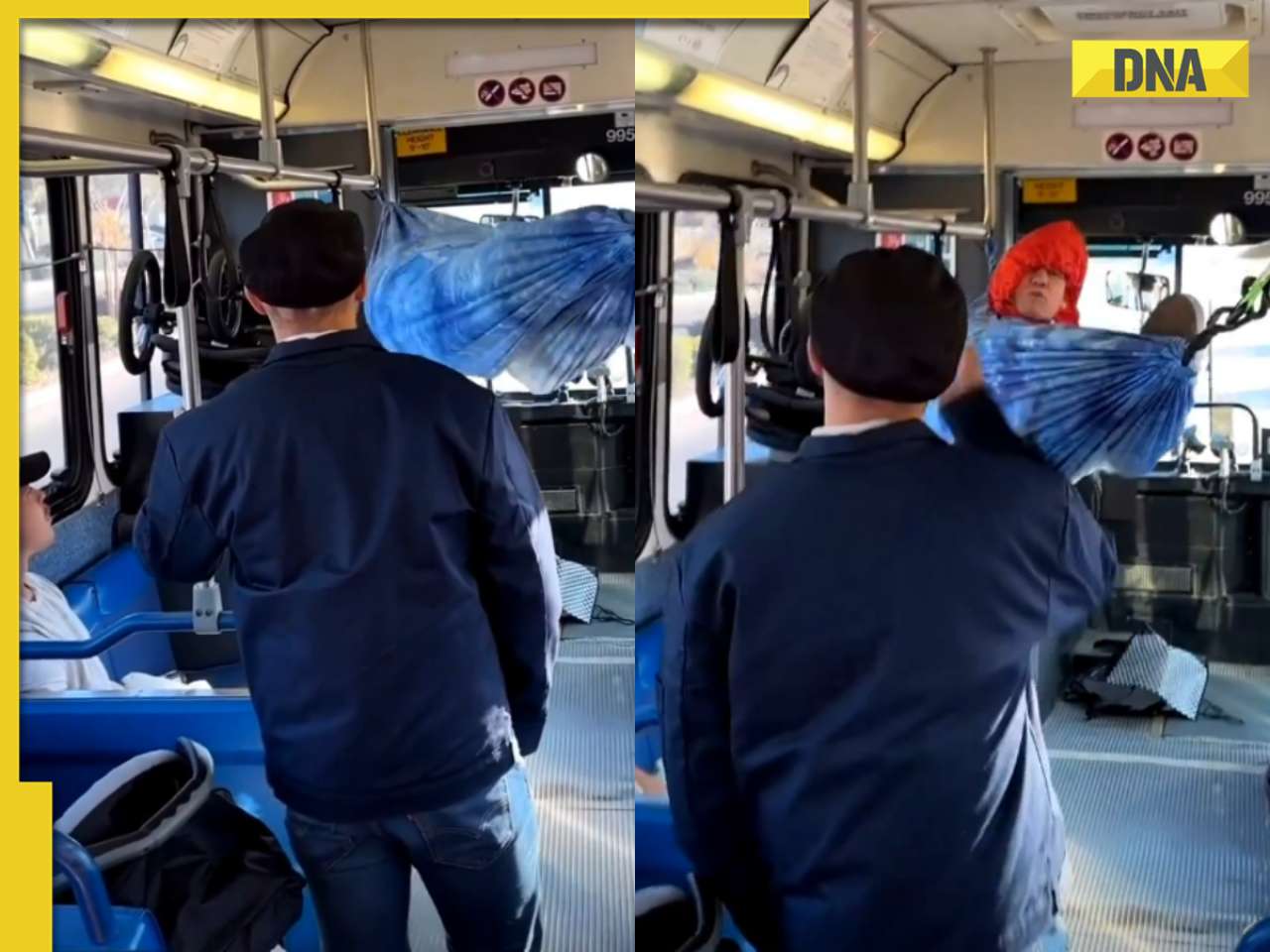










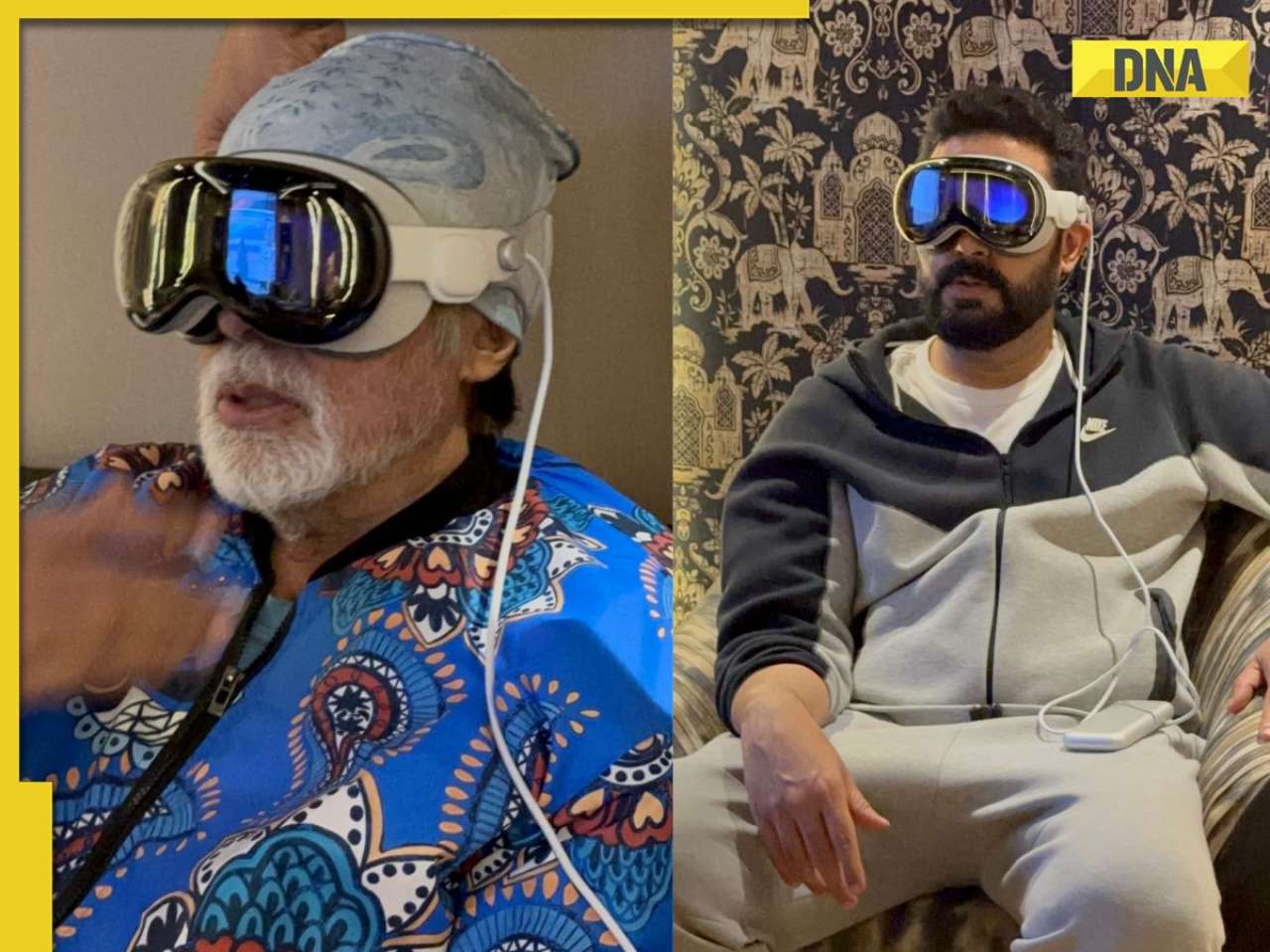









)
)
)
)
)
)